Battle of Tippecanoe & the End of Tecumseh’s Confederacy
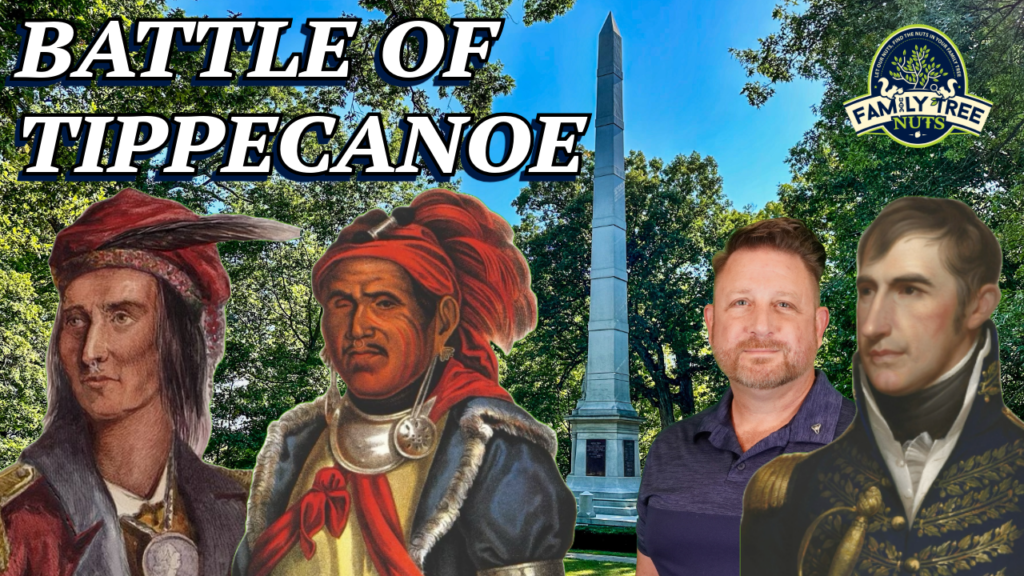
It had been about two centuries since the native tribes in North America had made contact with Europeans and over those centuries they found themselves being pushed further and further west. Hundreds of tribes dotted the continent and while they could often hold their own in battles against the Europeans, they often lacked the resources and man power to defeat them in a drawn-out war. The Shawnee, Tecumseh, had seen the way that the American Colonies had united against Great Britain and won their independence. It was clear that individually the colonies were no match against the great power of the crown, but when they united, they changed history. Tecumseh knew that if he could unite the tribes into a confederation to fight as one, they could also be a formidable force and could halt white expansion. If not for the Battle of Tippecanoe, Tecumseh’s dream may have changed the future of the United States, and our map could have looked much different than it does today. In this article, I’ll give you the back story, tell you about the battle itself, and take you to four locations relevant to the battle to show you the awesome sites while discussing the history.
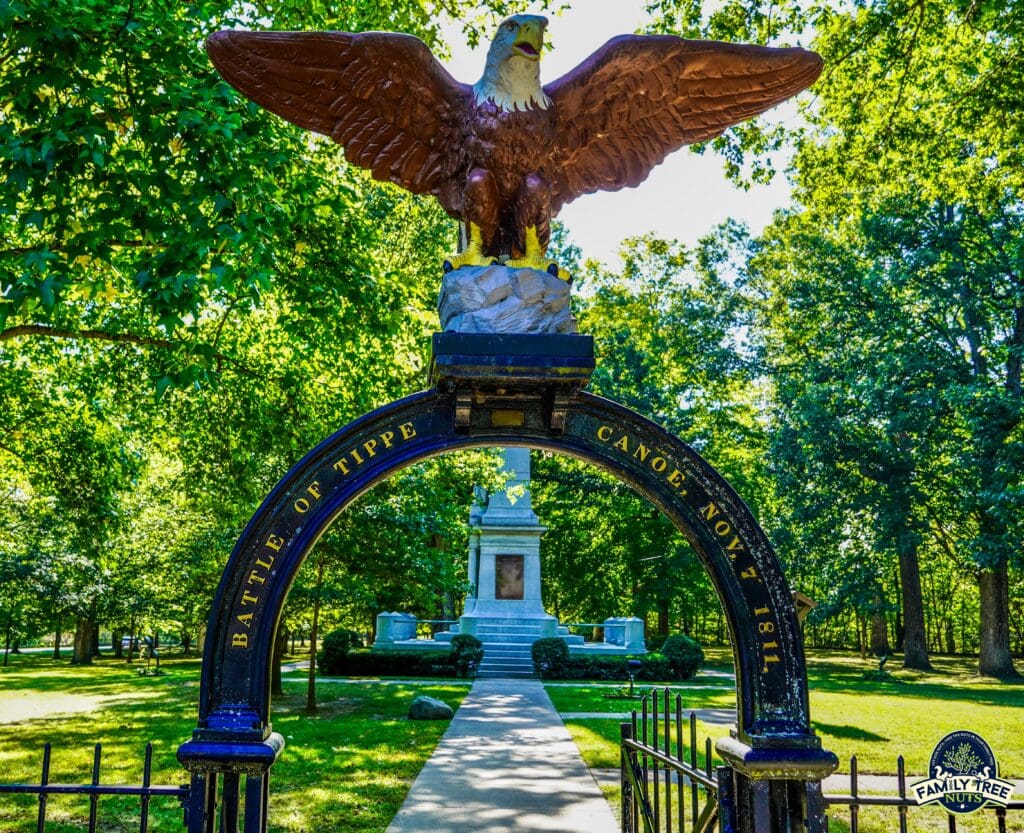
Recently visited the site of the Battle of Tippecanoe, and I wanted to share the story and the sites with all of you. At Family Tree Nuts, we build family trees for clients that either don’t know how, don’t have the time, or don’t want to pay those expensive membership fees. We’d love to honor your ancestors for you. We also make history videos all over the United States, and a few countries. So, if you like videos like these, be sure to subscribe to our YouTube channel.
Now back to the story. To understand why the Battle of Tippecanoe happened we must understand the back story. It had been more than three decades since the American Colonies had banded together and formed their own nation. In those years, the Americans had expanded, and added the states of Vermont, Kentucky, Tennessee, and Ohio. These expansions had come with the cost of much blood on both sides, and the conflict of white and red men had become endless. The tribes had won many battles on the frontier and in a few of them, like Blue Licks and St. Clair’s Defeat, they defeated the Americans very convincingly. Be sure to see our video from Blue Licks.
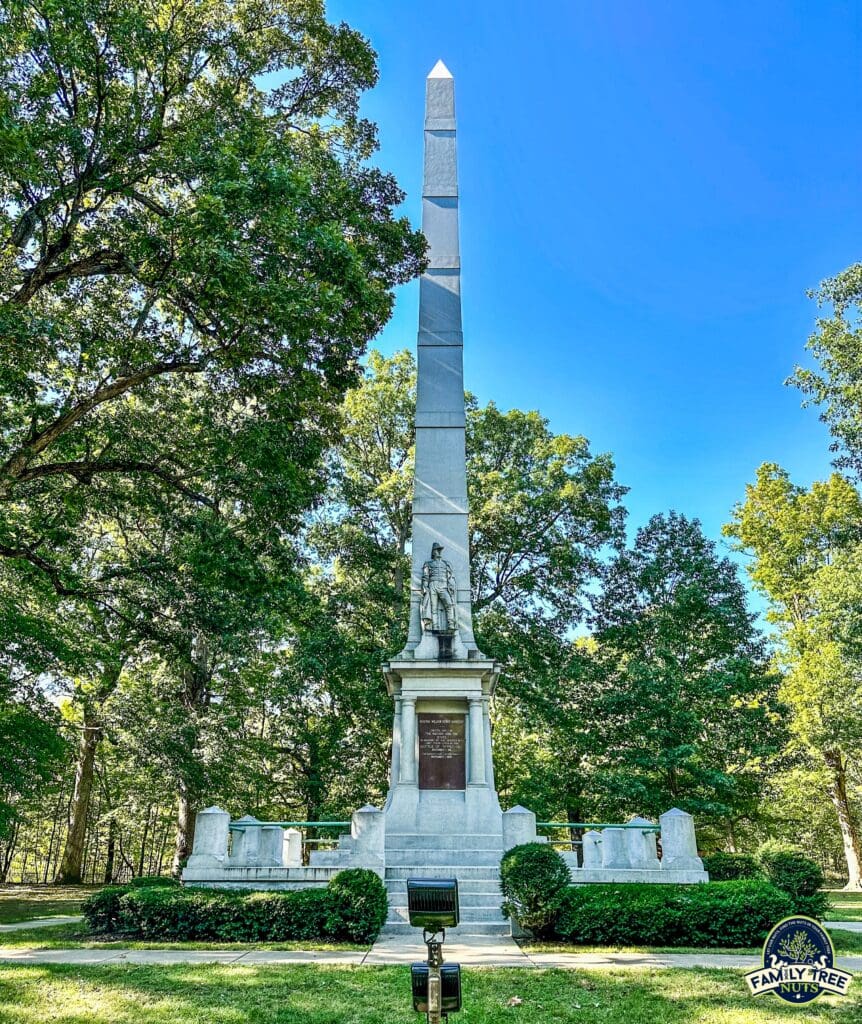
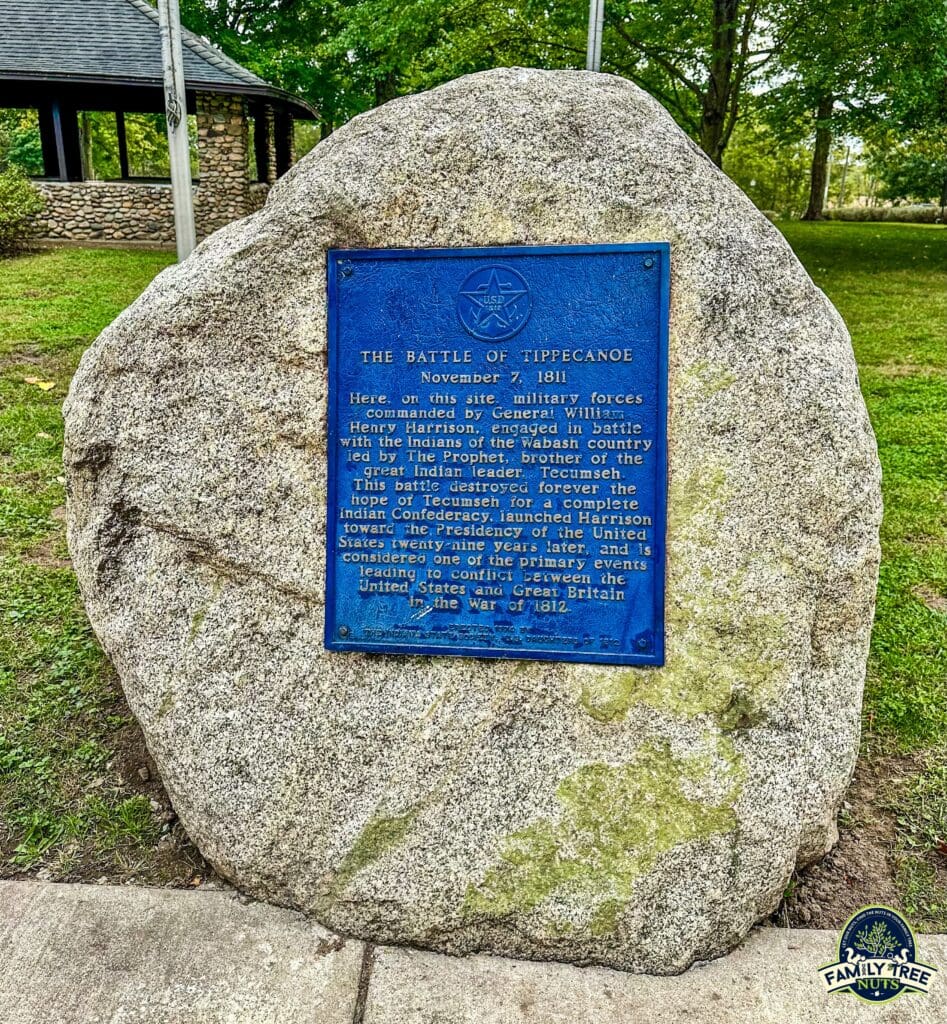
The main problem for the tribes was that they were so divided, often even within their own tribes. Often certain septs, or bands of the same tribe, would side with the Americans and make their own treaties with them. Also, the tribes often didn’t have designated territories, and it was common to see the villages of many different tribes within a small area on the map. The diversity of the tribes without a common government system often made them easy to manipulate, pit them against each other, and likely led to their demise.
The Shawnee leader Tecumseh had a plan to reverse everything that he saw happening around him. He was born in what became Ohio and was forced to relocate with most of his tribe into what became Indiana. When many of the Shawnee relocated even further west, Tecumseh was one of those that chose to stay and defend the land. He was well traveled and spent years with the Chickamauga Cherokees on raids against the back country Americans.
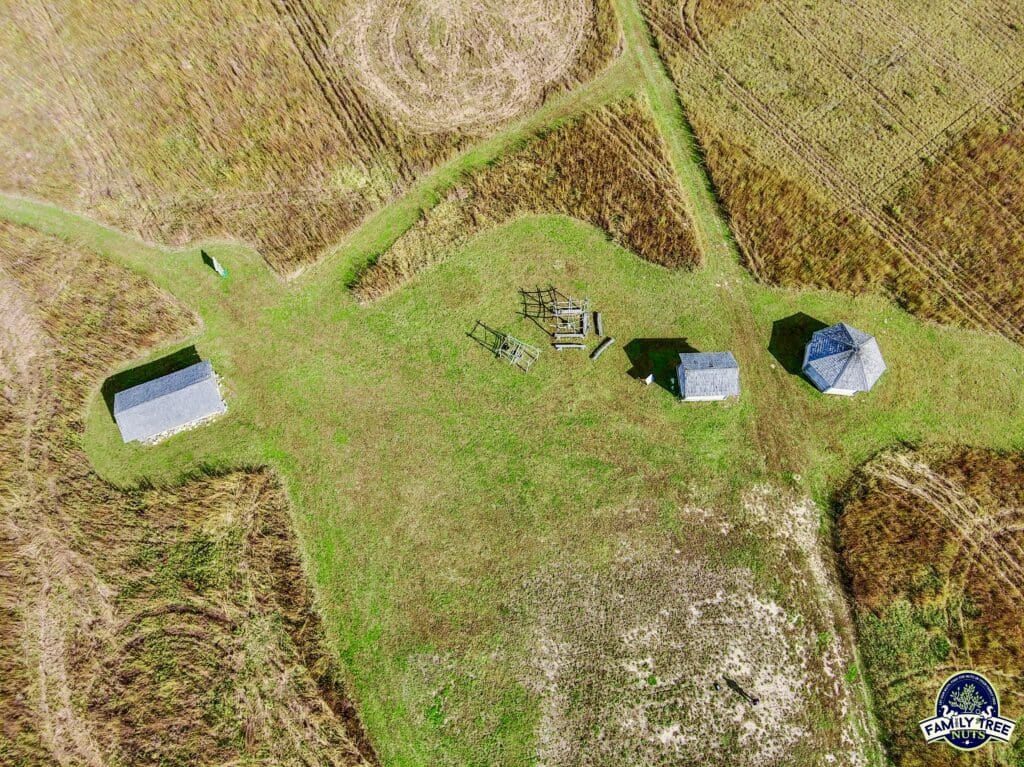

About 1805, Tecumseh’s brother Lalawéthika, later known as Tenskwatawa, or “The Prophet”, began to preach and lead a movement for the tribes to reject all ways of the Europeans, and to return back to the ways of their ancestors. They soon settled a new village, near modern day Greenville, Ohio with followers of their movement. The American pioneers began to be weary of the gathering of Indians from tribes from all over and a great concern was raised concerning their intentions.
In 1808, due to the tension that was forming, Tecumseh and The Prophet decided to move their town further west, near where the Tippecanoe River empties into the Wabash River, outside of modern-day Lafayette, Indiana. This town became known as Prophetstown. Thousands of people from many tribes flocked the Prophetstown and lived communally as one people. It was the success of Prophetstown that likely encouraged and convinced Tecumseh that it was possible to unite all the tribes in one confederation.
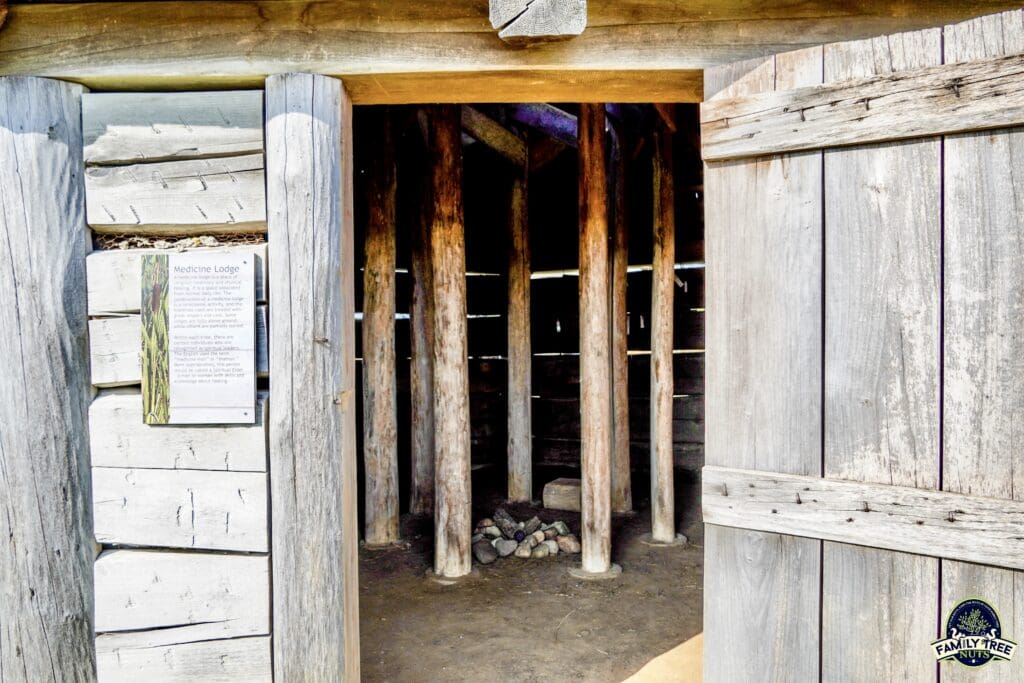
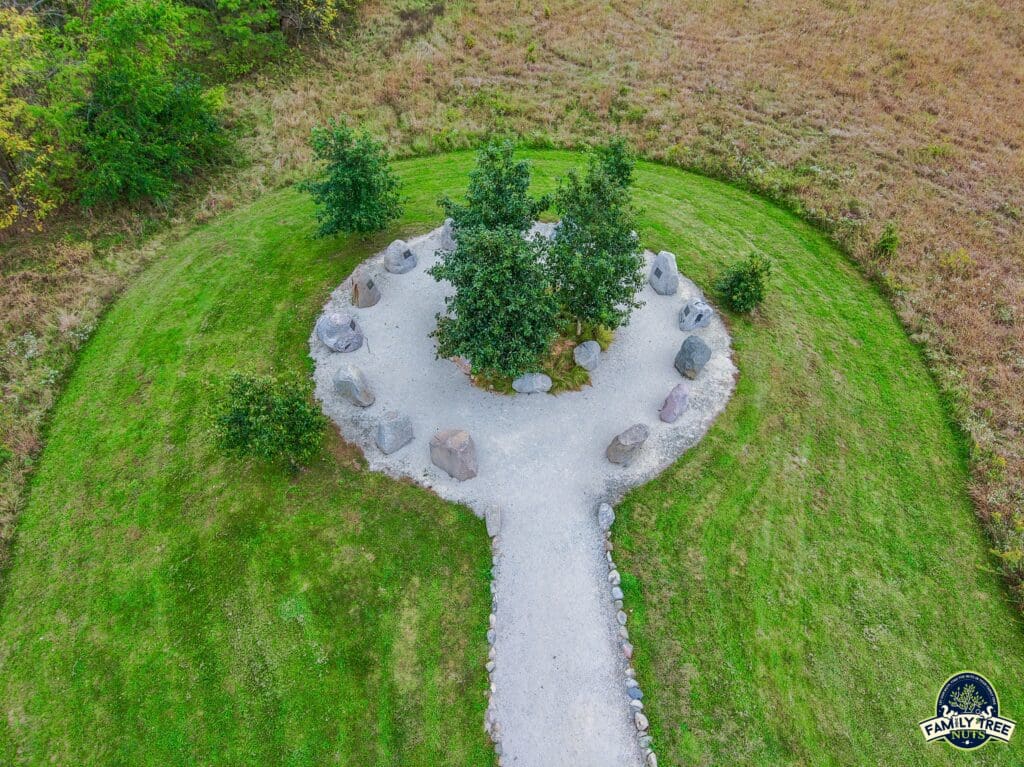
Today, much of the land that Prophetstown stood on is part of Prophetstown State Park. The park was founded in 2004, and at the time that this video is being produced, it is Indiana’s youngest state park. The park has a small depiction of the native village. The buildings present are the medicine lodge complete with a fire pit for ceremonies, a chiefs cabin, the frame of wigwams, and a grainery. Visiting here can give you an idea of what life was like for the eastern woodland tribes of the time period. As you tour these buildings, be sure to understand that you are on the exact grounds as the historic town of Prophetstown.
The park also has the “Circle of Stones Monument”. The monument was unveiled in 2016 and celebrates some of the tribes that are known to have been present and lived at Prophetstown. Those tribes are the Menominee, Ojibwe, Creek, Sac, Fox, Ottawa, Miami, Wyandotte, Winnebago, Wea, Potawatomi, Kickapoo, Delaware, and Shawnee. There is even a stone to honor those that were from unknown tribes. Be sure to take in each stone individually, and reverently. Scan the area and imagine that where you are standing could have been the start of a nation that could have changed the course of our history.
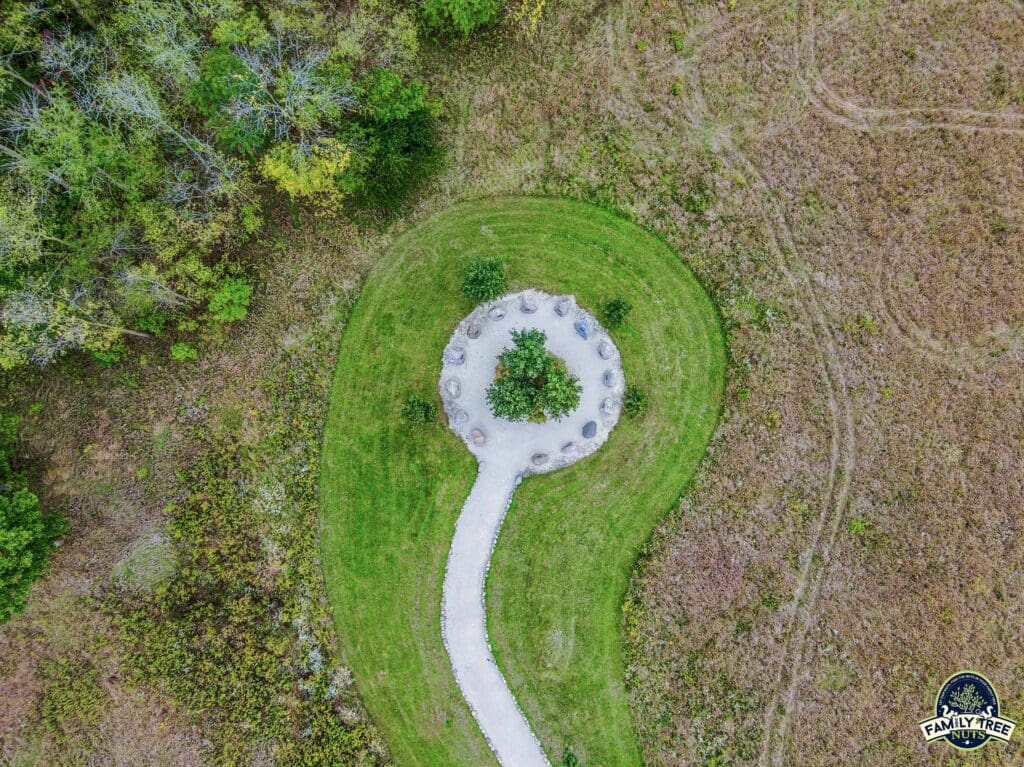
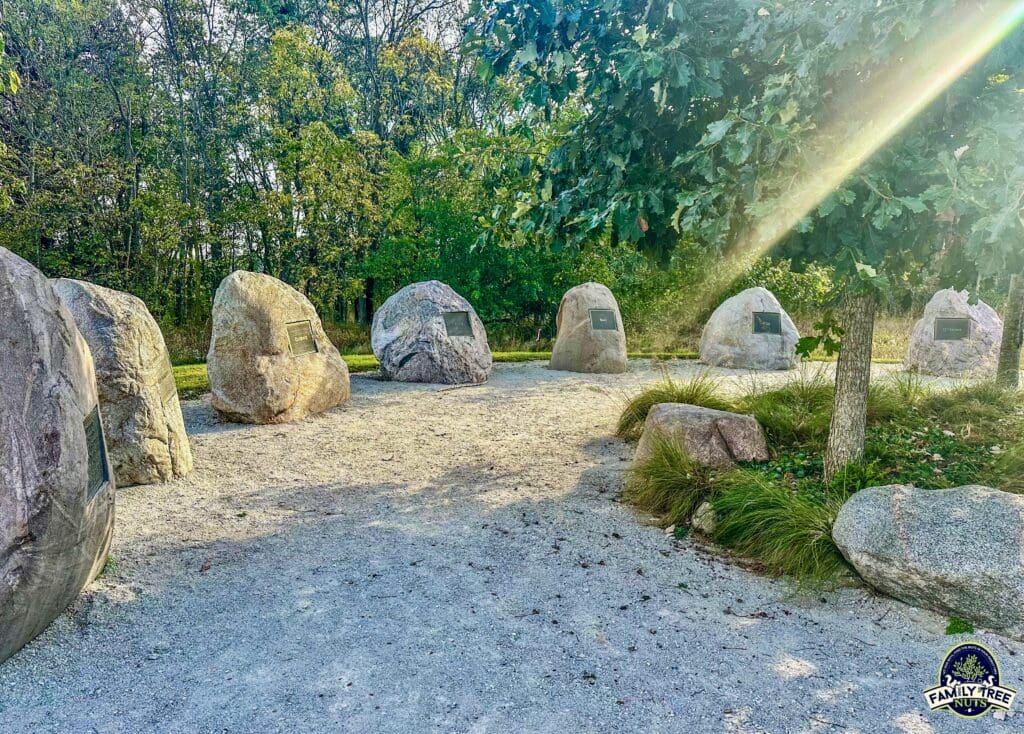
Over the next few years, Tecumseh worked tirelessly to form alliances with tribes all over North America and gained commitments from most of them, that when the time arose to assemble, that they would stand as a united front to oppose the United States from further expansion. He has been quoted as saying “a single twig breaks, but the bundle of twigs is strong”. The situation came to a head in 1809, when Indiana Territorial Governor William Henry Harrison negotiated with several tribal leaders for the Treaty of Fort Wayne. This treaty ceded over 2.5 million acres of land in modern-day Central Indiana, and Illinois to the United States.
This treaty outraged Tecumseh because the land ceded had many Indians living there that were not part of the treaty. The following year Tecumseh met Harrison at this home of Grouseland, in Vincennes and demanded that the treaty be canceled. Tecumseh informed Harrison that he was amassing a confederation to stop treaties like this. Harrison said that the treaty was made with tribes that had lived in the area for hundreds of years and those that had been left out, like Tecumseh’s, had only been in the area a short while. Tecumseh has been quoted as saying “Sell a country! Why not sell the air, the great sea, as well as the earth? Didn’t the great spirit make them all for the use of his children?”.
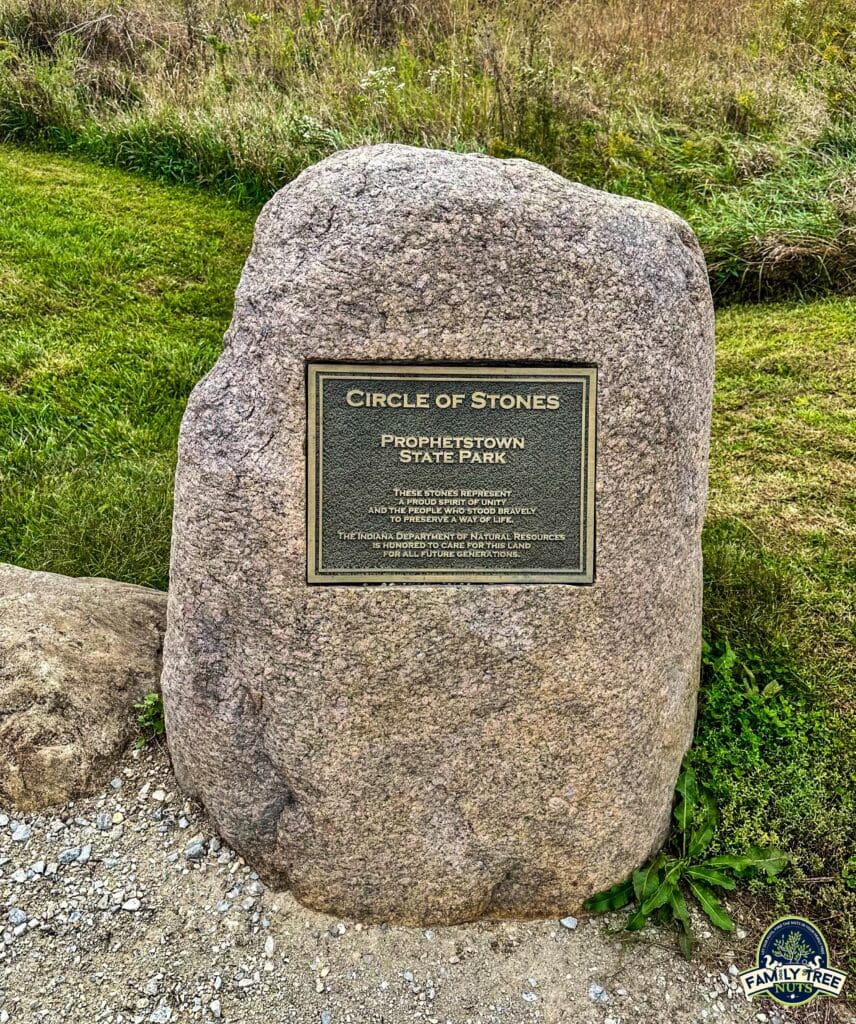
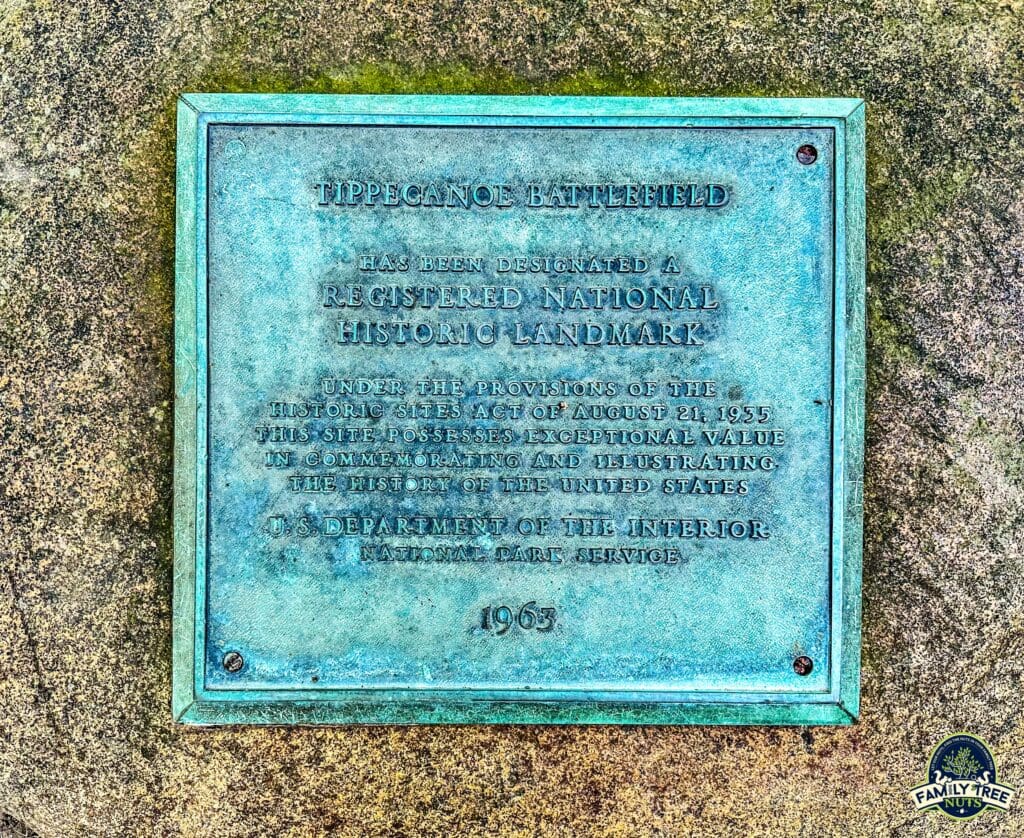
Harrison told Tecumseh that he would send word to President James Madison, but he was sure that he would not rescind the treaty. Tecumseh told Harrison that if that was the case, then he was afraid that the two of them would have to fight it out. Tecumseh gave his brother, The Prophet, orders to avoid any conflicts while he was gone and headed south.
Tecumseh continued to visit tribes and recruit allies in his confederacy. In July 1811, Tecumseh again met with Harrison at Grouseland and told him that he was having great success in forming his confederacy and that he was soon heading to the southern tribes to continue to recruit and that he hoped that Harrison and the President would see that they needed to comply with his demands. Be sure to see our video from William Henry Harrison’s home Grouseland.
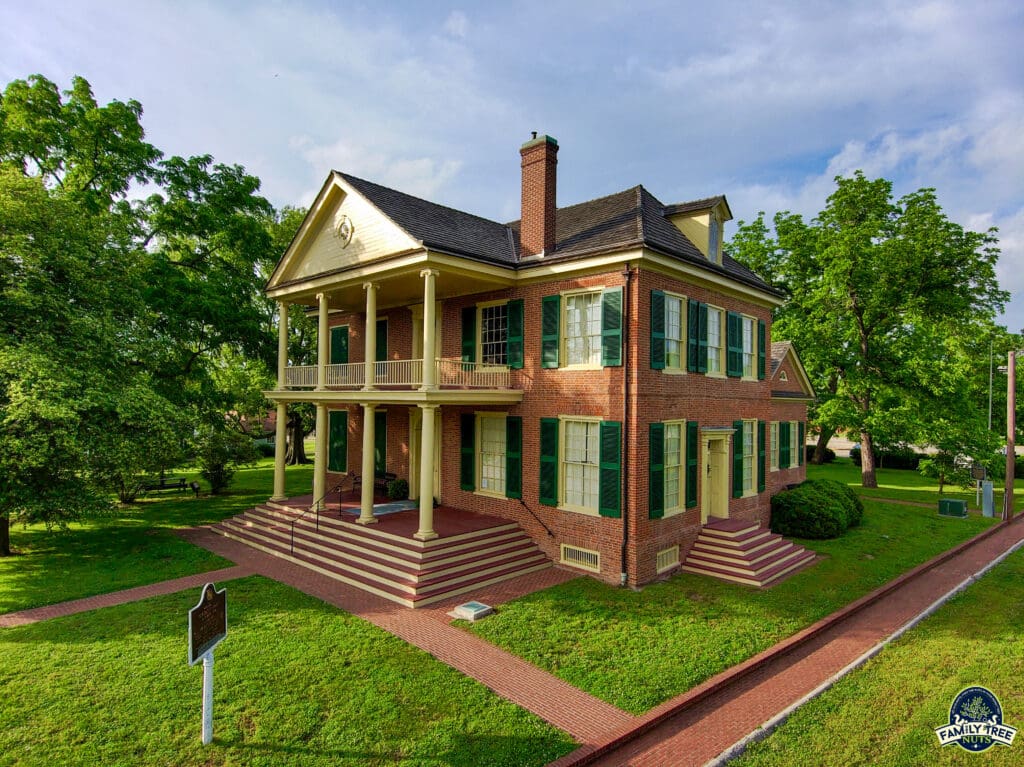
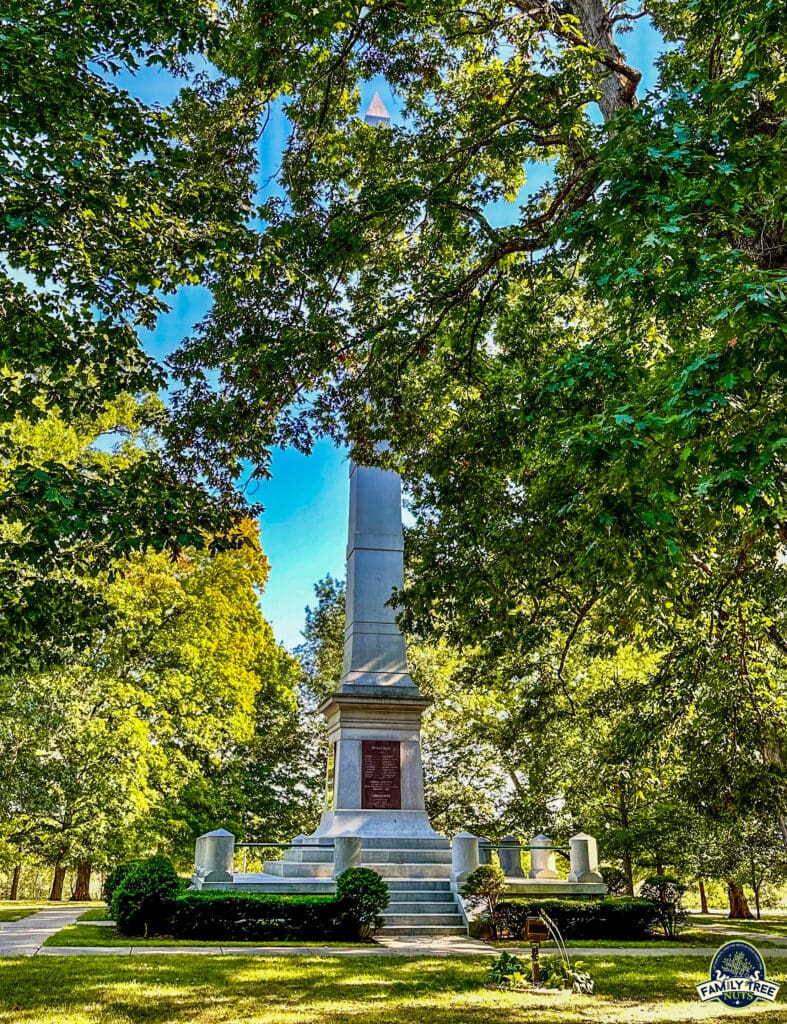
Harrison could see the success that Tecumseh was having, and he understood that the issue needed to be dealt with as soon as possible. It was becoming well known that Tecumseh was the true leader and architect of the movement, and that his brother, The Prophet, was a weak and manipulatable man. He knew that he must strike while Tecumseh was gone and crush this movement before it could get any larger. The U.S. Secretary of War, William Eustis, had told Harrison that he was to preserve peace but if The Prophet should commence, or seriously threaten hostilities, he ought to be attacked. In September 1811, Harrison organized about 1,000 troops at what was called Fort Knox II, which was a few miles north of Vincennes, along the Wabash River. Be sure to see our video from Fort Knox II.
Harrison marched his troops up the Wabash River and built Fort Harrison near Terre Haute, Indiana. While at Fort Harrison, some Delaware chiefs reported the ill intentions at Prophetstown and one of the guards was shot. This was all that Harrison needed to justify his campaign against Prophetstown. Harrison marched his men further up the Wabash River near the mouth of the Tippecanoe River to Prophetstown. He set up his camp on a knoll along Burnett’s Creek, just a short distance from his enemy. Plans were made for Harrison to meet with The Prophet the next morning, but he ordered that his men bed down fully dressed and prepared for eminent battle. They kept their fires burning bright in order to illuminate the dark.
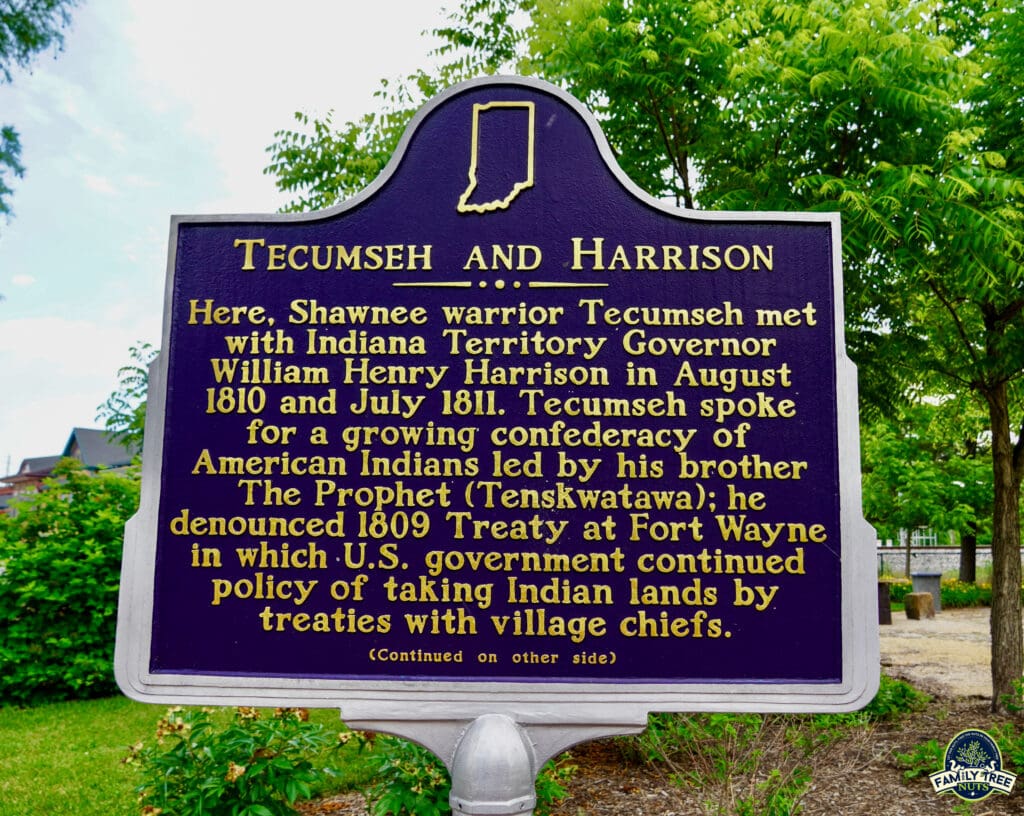
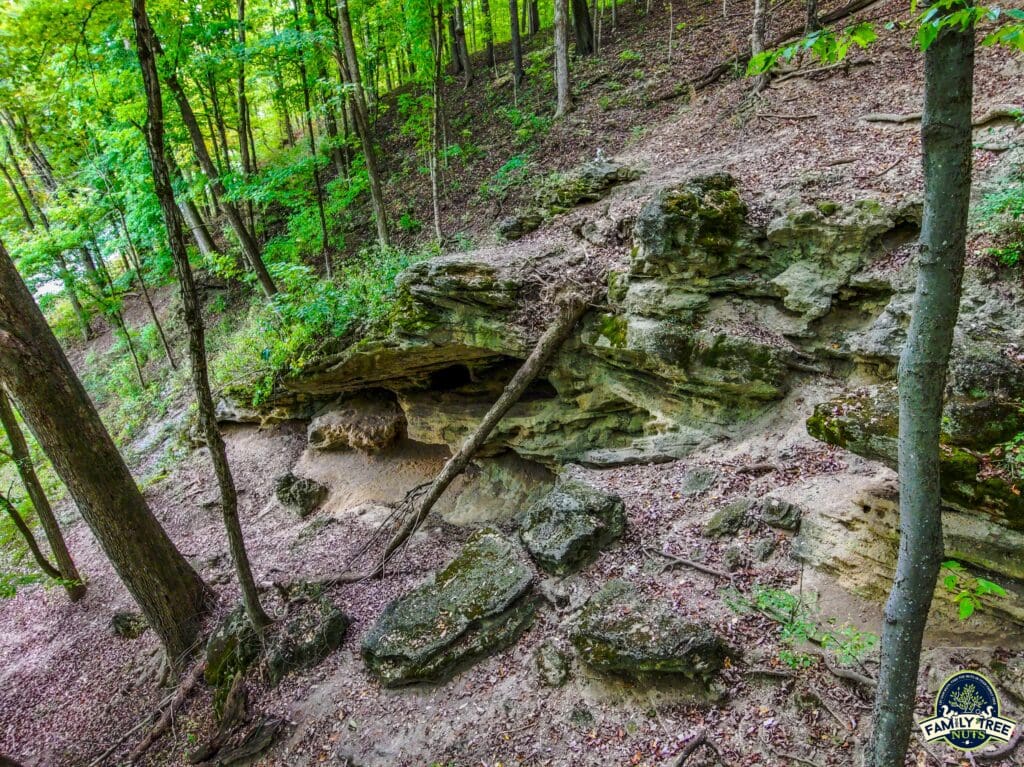
The actions that night have been disputed. Many have stated that The Prophet was against any attack against the Americans and that he tried everything that he could to ensure that the warriors followed Tecumseh’s command to not fight. However, some have said that The Prophet was too arrogant to avoid contact and encouraged the warriors to fight. No matter the true story, The Prophet promised the warriors that he would chant and pray to cast spells to assure that no Indian would be harmed, and that the American camp would be full of confusion.
An American named Ben had deserted to the Indians and attempted to lead a group to Harrison’s tent to assassinate him, but he was captured by the sentries. An estimated seven hundred warriors completely circled the American camp. No one is sure who fired the first shot but around 4 a.m. on 7 November 1811, the battle began. Fighting erupted all around the camp but some of the heaviest fighting happened at the rear where Captain Spier Spencer’s Indiana Yellowjacket Militia was positioned. The unit was nicknamed the “Yellowjackets” due to the light-colored buckskins that they wore. The Yellowjackets fought fiercely but their leader Captain Spencer fell. Harrison later wrote, “Spencer was wounded in the head. He exhorted his men to fight valiantly. He was shot through both thighs and fell; still continuing to encourage them, he was raised up, and received a ball through his body, which put an end to his existence”. Spencer, Indiana, as well as Spencer County, Indiana, and Spencer County, Kentucky are named for Captain Spier Spencer. Be sure to see our video about Spencer County, Kentucky.
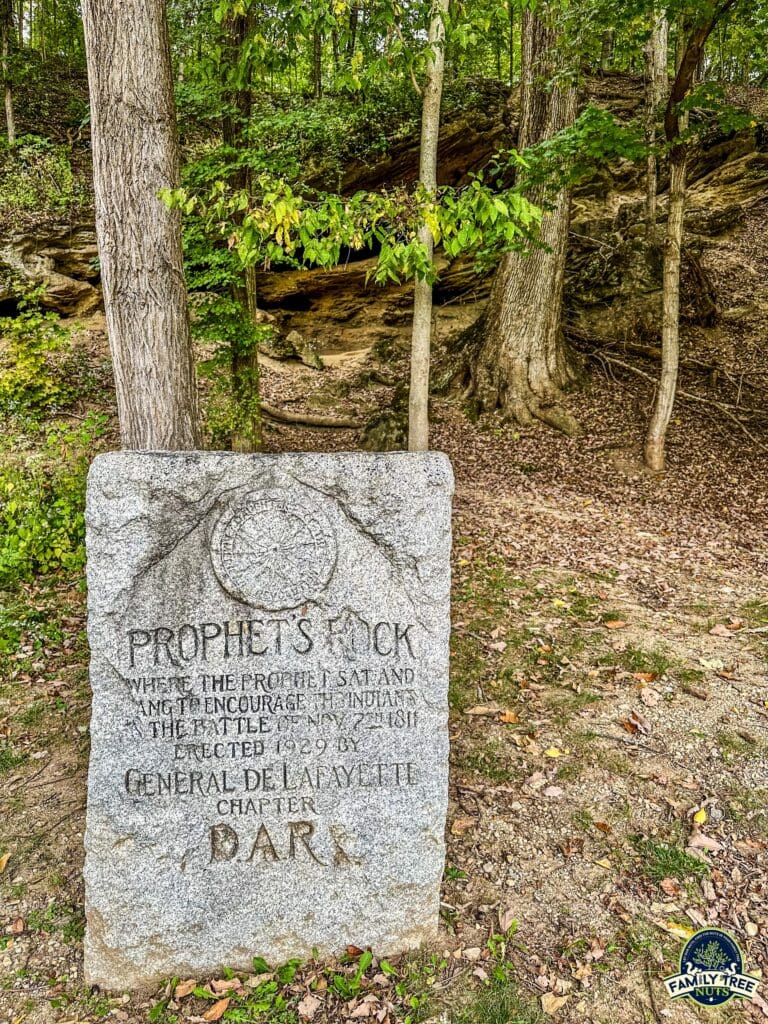
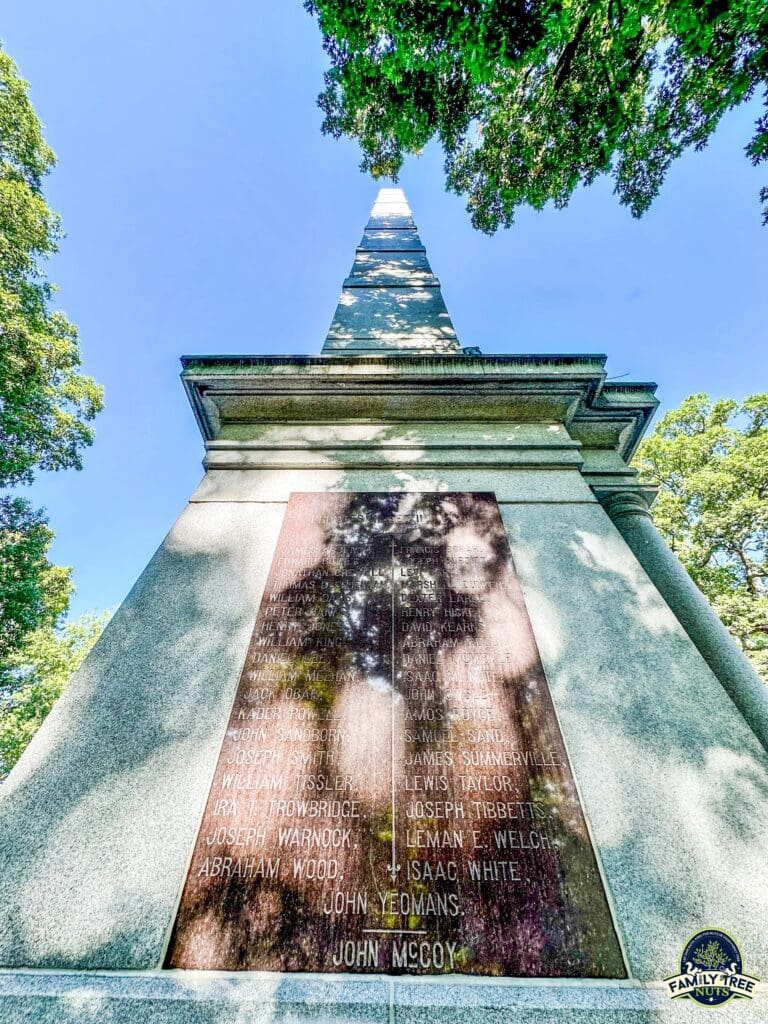
During the battle, The Prophet, climbed out on a rock ledge just outside the main fighting. Here he chanted, prayed, and danced in order to cast spells of protection on his warriors. He had told his warriors that none of them would be harmed by the bullets of the Americans. During the fighting, some of the chiefs came to him and shouted that their warriors were dying. It is said that The Prophet chastised them and told them to fight harder. Today, you can visit this location and see the ledge where The Prophet placed himself. If you are brave, and fit enough to do so, you can climb up to this spot and stand in the footsteps of this legendary Shawnee. You can pan the area and imagine what things were going on in his mind during this pivotal moment in history. I’ve been told that this location was a spiritual place for Native Americans long before this battle. Many of those stories are lost and have now become legends.
The battle lasted for about two hours, and eventually the warriors retreated into the forest. The Americans had about 188 casualties and about 62 died in the battle or from wounds sustained in the battle. It is estimated that about 120 of The Prophet’s warriors were killed or wounded. The next day Harrison’s troops went to Prophetstown and found it abandoned except for one elderly sick woman. The Americans burned the town to the ground. The American success of the battle has been debated. Some eastern newspapers called it a disaster and even a defeat. Many well-known and well-loved Kentuckians and Indiana pioneers were killed. Harrison of course called it a major success with the destruction of Prophetstown.
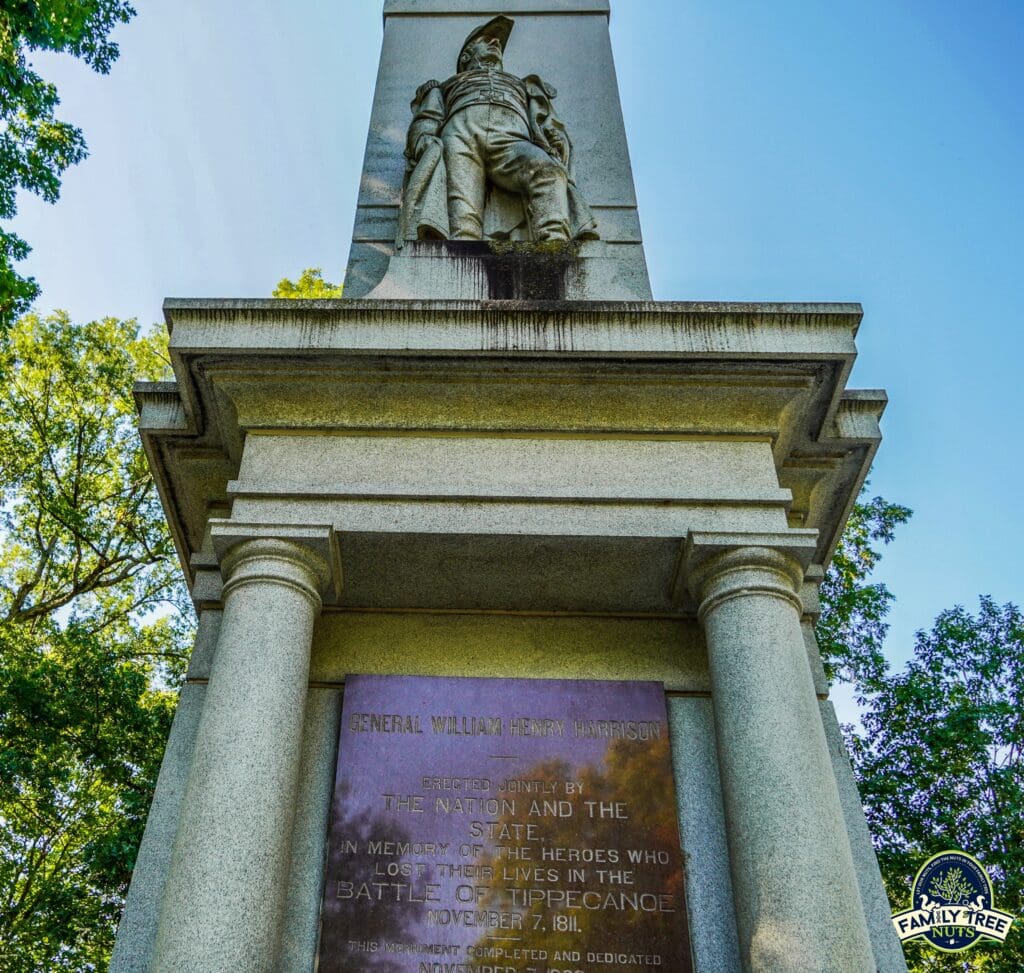
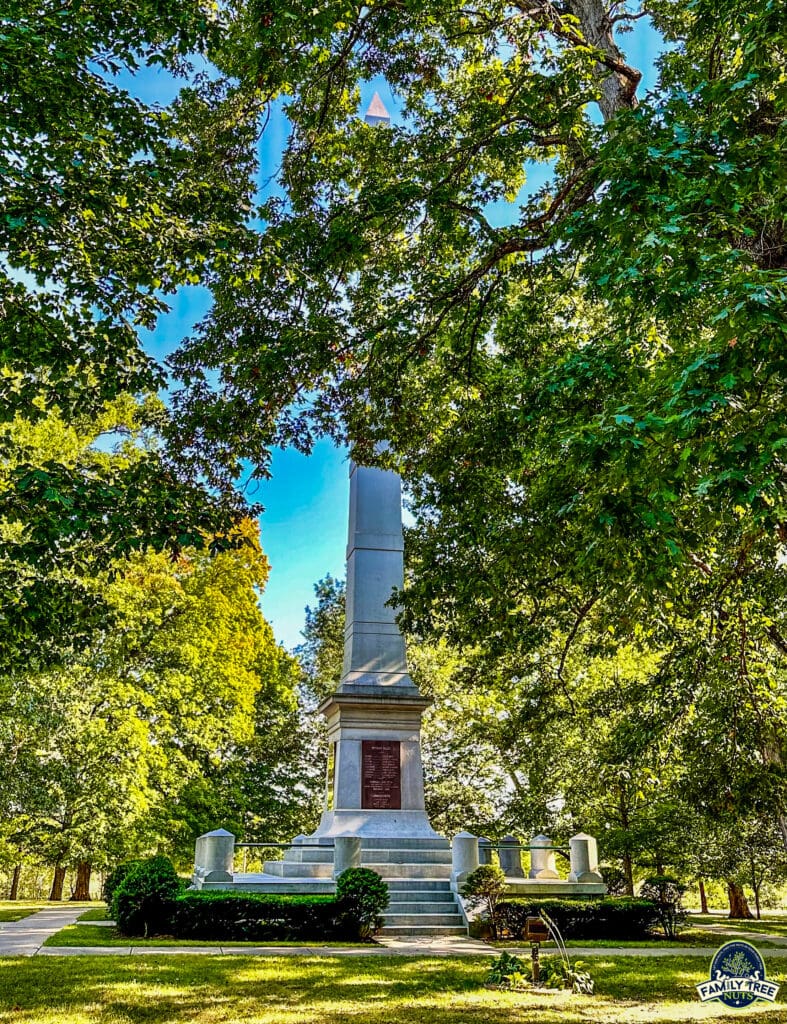
One thing that is for sure is that the battle was a major setback for Tecumseh’s confederation. Many of those that were once living in Prophetstown returned the following year and rebuilt the town, but with the shock of defeat and The Prophet being disgraced, his influence was never again where it once was. It has been generally agreed upon by many that the Battle of Tippecanoe was the beginning of the end for Tecumseh’s great confederacy. The War of 1812 soon began, and Tecumseh led his warriors in support of the British. When he fell at the Battle of the Thames, his dream of a great confederacy to stand against the Americans was dead forever. With the American victory in the War of 1812, and the destruction of Tecumseh’s confederacy, the tribes retreated further west which soon opened the rest of the Northwest Territory for white settlement.
In the mid 1830s, U.S. Senator John Tipton purchased the land that the battlefield sat on. Tipton had been an Ensign under Captain Spencer, and the only surviving officer of the Yellowjackets. On the 25th anniversary of the battle, Tipton deeded the land to the State of Indiana. William Henry Harrison’s popularity grew in the years following the battle and public opinion accepted that the battle was a major turning point against the tribes. Harrison eventually harnessed this popularity for a bid at the White House. In the 1840 presidential election, Harrison and his running mate John Tyler used the campaign slogan, “Tippecanoe and Tyler too”, which was turned into a popular song. William Henry Harrison became the 9th President of the United States.
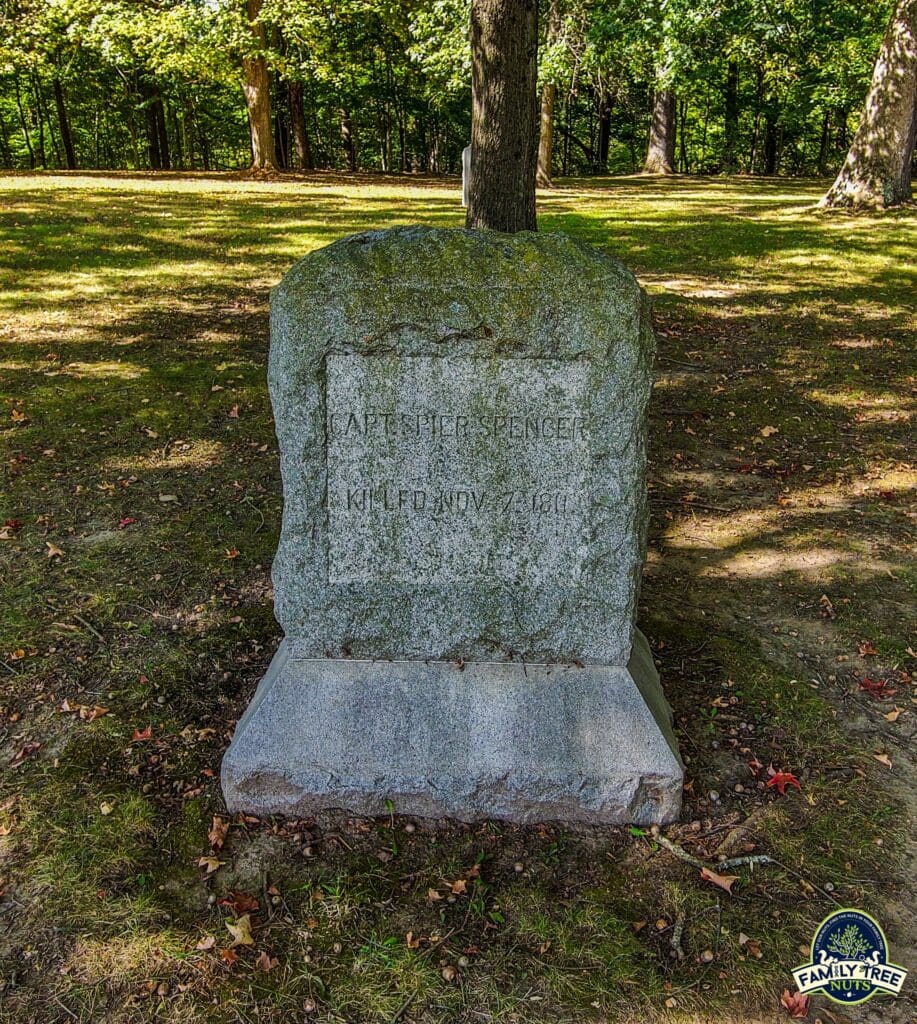
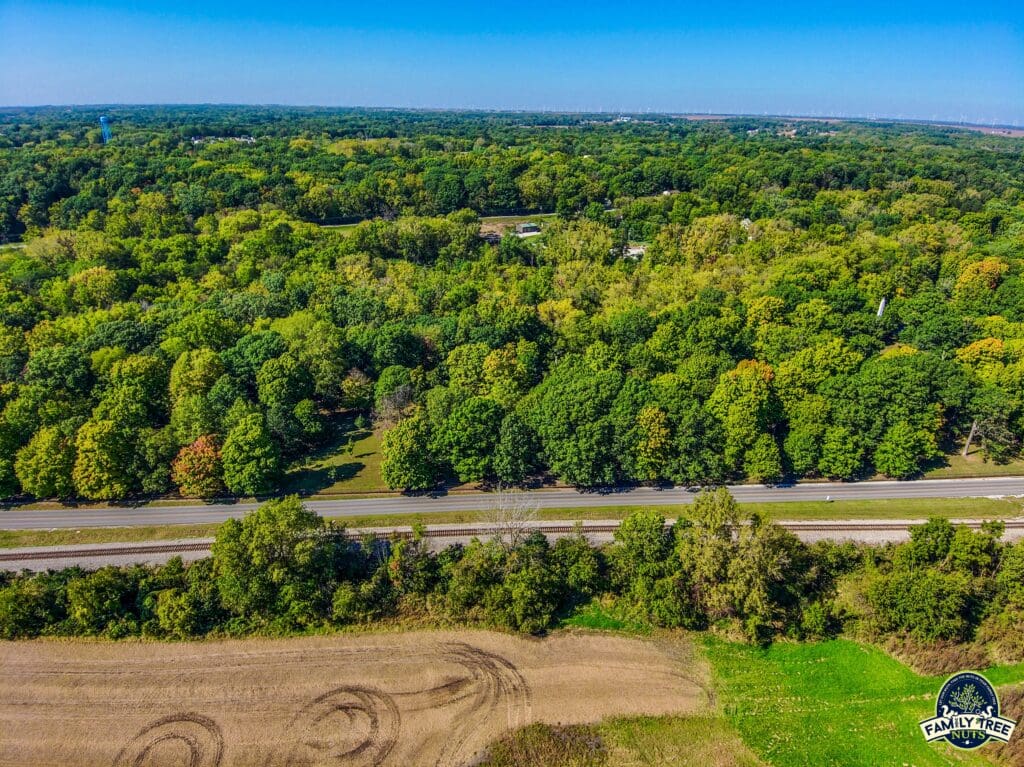
In 1908, plans were made for the monument at the battlefield to honor the fallen. The obelisk stands 85 feet high with plaques on each side. On one side stands a statue of William Henry Harrison proudly scanning the horizon. The other sides honor the casualties, lists the names of officers that were killed, and list the names of privates that were killed. Interestingly, two Corporals are listed with the officers.
Today, you can walk the grounds of the battlefield and get a deeper understanding of the actual battle and its long-lasting implications on American history. The battlefield is outlined with a wrought iron fence. Markers identify the spot where officers fell in this battle. Interestingly, some of the trees that you walk around were likely here during the battle. These trees are our links to this historical event, proving that the two centuries that have passed between then and now, are much closer to us than we realize.
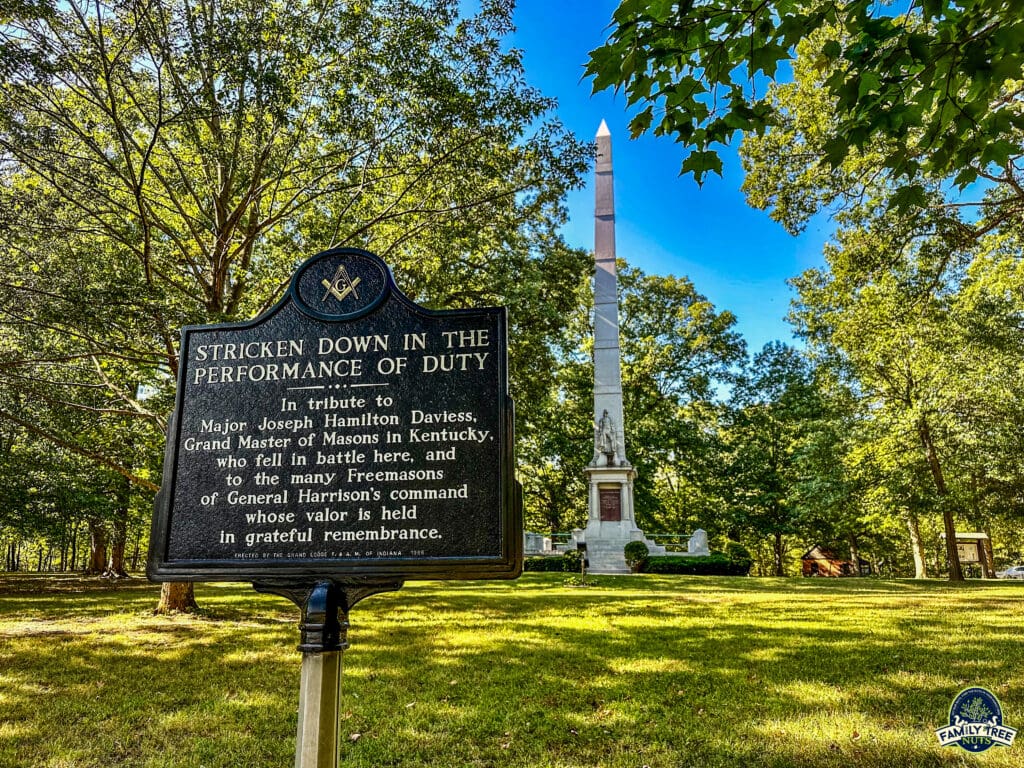

The location also has a wonderful museum that includes items of the time period and displays pertaining to the battle. The model is very helpful in understanding what went on in the two-hour battle. A popular attraction is the display board, which uses light to describe and explain the actual battle, in a six-minute presentation. This is a must see for those that are interested in the tactics of the battle. We are proud to share this history with all of you. Be sure to see the video below.
-Col. Russ Carson, Jr., Founder, Family Tree Nuts
